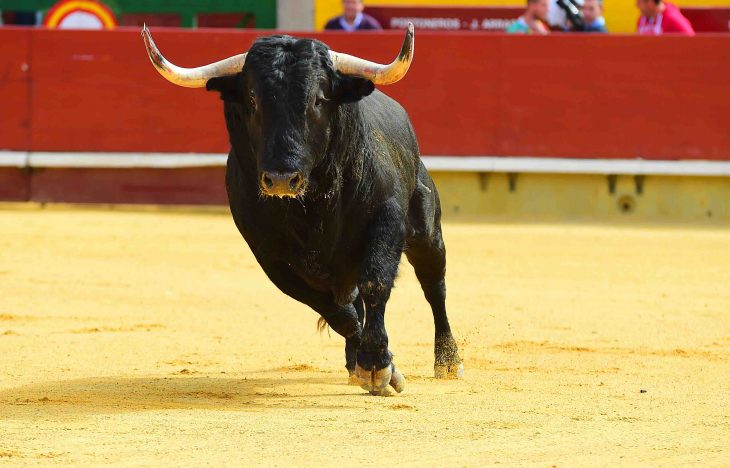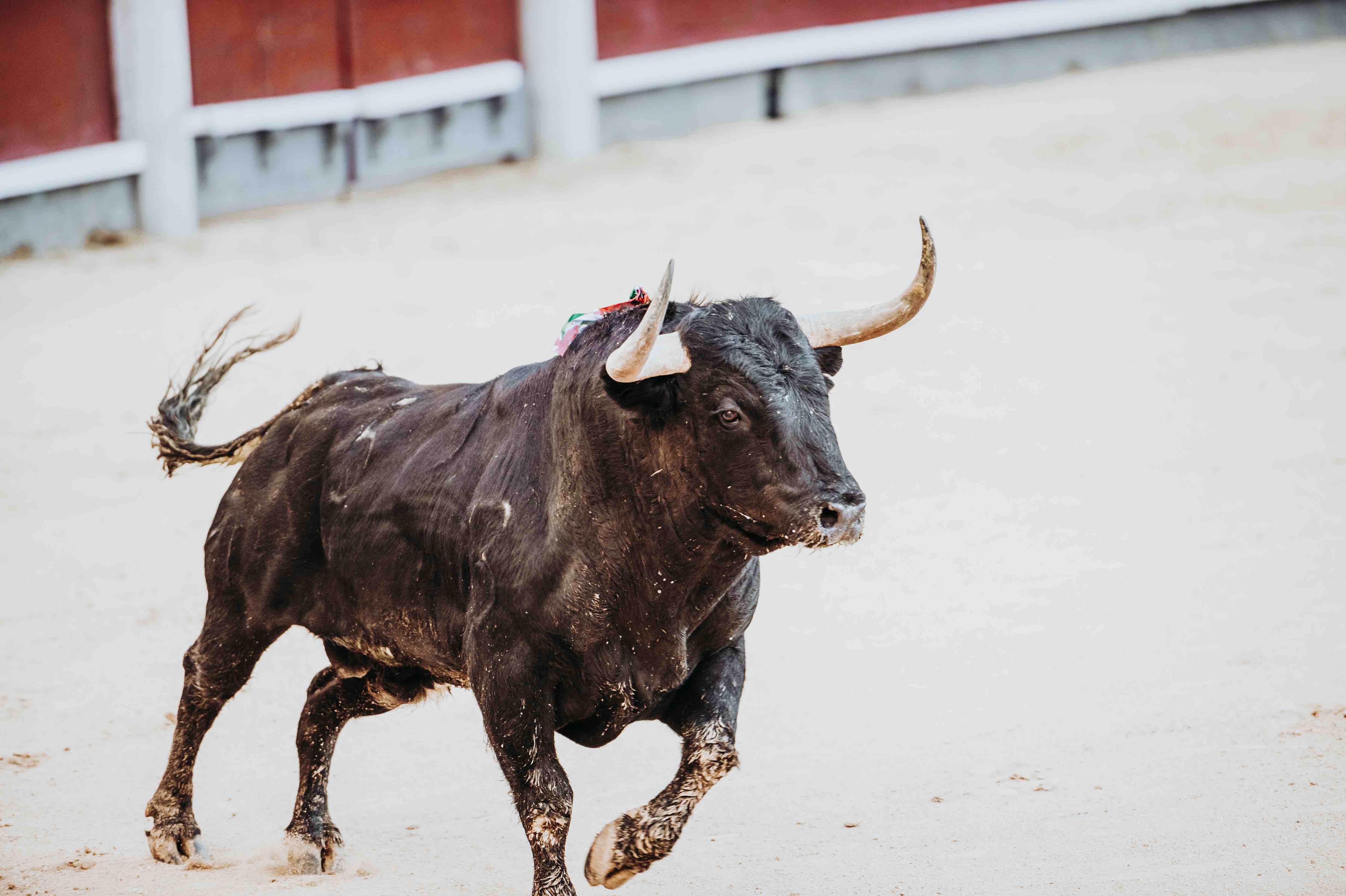
Bulls are powerful and majestic creatures that have captivated human fascination for centuries. From their strength and agility to their cultural significance, bulls hold a prominent place in various aspects of our lives. In this article, we will explore 15 intriguing facts about bulls that shed light on their biology, behavior, and symbolism.
The Mighty Bull: An Introduction
Bulls are adult male cattle known for their muscular build, impressive horns, and distinctive presence. They belong to the Bovidae family and are commonly associated with domesticated breeds like the Angus, Hereford, and Charolais. Bulls are highly valued for their role in agriculture, sports, and cultural traditions worldwide.
Bull Anatomy: Muscular Powerhouses
Bulls possess a robust physique, featuring well-developed muscles and strong skeletal structures. Their large size and muscular build contribute to their incredible strength and agility. Bulls have a distinct hump of muscle on their shoulders, known as the “hump,” which enhances their ability to charge and exert force.
Horns: Symbols of Strength
One of the most prominent features of bulls is their impressive horns. Unlike antlers, which are shed annually, horns are permanent and grow throughout the bull’s life. These formidable weapons serve various purposes, including defense, territorial displays, and dominance battles among males.
Bull Behavior: Dominance and Hierarchies
Bulls exhibit a hierarchical social structure, forming dominance hierarchies within groups. Dominant bulls establish their status through aggressive displays, vocalizations, and physical confrontations. Lower-ranking bulls typically yield to the dominant individuals, maintaining a harmonious order within the herd.
The Bull’s Roar: Vocalizations and Communication
Bulls communicate using a range of vocalizations, each carrying a specific meaning. The bull’s roar, a deep and resonant sound, is often associated with displays of dominance and territorial defense. Other vocalizations include grunts, bellows, and snorts, each serving as a form of communication among individuals.
Bullfighting: A Controversial Tradition

Bullfighting is a centuries-old tradition in some cultures, particularly in Spain, Portugal, and parts of Latin America. It involves a ritualistic performance where a matador confronts and engages with a bull in a bullring. While it is considered an art form by some, bullfighting has become increasingly controversial due to animal welfare concerns.
Running with the Bulls: Cultural Traditions
The running of the bulls is a renowned cultural event that originated in Spain. It involves releasing bulls into the streets, while brave participants attempt to outrun them. Festivals such as the famous San Fermín festival in Pamplona attract thrill-seekers from around the world, seeking an adrenaline-fueled experience.
Bulls in Mythology and Symbolism
Throughout history, bulls have held symbolic significance in various mythologies and cultures. In Greek mythology, the bull represents strength and fertility, exemplified by the myth of the Minotaur. Bulls are also revered in Hinduism, where the deity Nandi, the bull, is considered the mount of Lord Shiva and a symbol of righteousness.
Breeds: Diversity and Adaptability
There is a remarkable diversity of bull breeds worldwide, each exhibiting distinct characteristics and adaptability to different environments. From the massive Chianina breed to the hardy Scottish Highland breed, bulls have been selectively bred for specific traits, such as meat quality, milk production, or work purposes.
The Bull’s Diet: Herbivorous Appetites
Bulls are herbivores, primarily consuming a diet consisting of grasses, hay, and other plant materials. Their complex digestive system allows them to extract nutrients from fibrous vegetation efficiently. Proper nutrition is crucial for their growth, development, and overall health.
Bull Racing: A Unique Tradition
In some cultures, bull racing is a popular sporting event. From the water buffalo races in Southeast Asia to the ox races in rural communities, these events showcase the agility and speed of these powerful animals. Bull racing serves as a form of entertainment and celebrates the bond between humans and animals.
Bull Art: Inspiring Creativity
Bulls have long been a subject of artistic expression, appearing in paintings, sculptures, and other forms of art. Artists throughout history have been captivated by the strength, beauty, and symbolism associated with these magnificent creatures. Bull art continues to inspire and evoke emotions in art enthusiasts worldwide.
Bulls in Agriculture: Working Partners

Bulls have played a vital role in agriculture, assisting farmers with various tasks. In some regions, they are used for plowing fields, pulling carts, or transporting heavy loads. While their role has diminished with modern machinery, bulls still hold cultural significance in agricultural communities.
Bull Conservation: Protecting Species
Several bull species, such as the critically endangered Javan bull, face the threat of extinction due to habitat loss, poaching, and human-wildlife conflicts. Conservation efforts aim to protect these magnificent creatures and their habitats, ensuring their survival for future generations to admire and appreciate.
Bulls in Popular Culture
Bulls have made their mark in popular culture, appearing in movies, literature, and advertising. From the iconic Wall Street bull sculpture to the beloved character Ferdinand from children’s literature, bulls continue to captivate our imagination and leave a lasting impression in various forms of media.
Final Thoughts
Bulls are remarkable creatures that embody strength, power, and symbolism across cultures. Whether as working partners, cultural icons, or symbols of nature’s beauty, bulls leave an indelible mark on our world. By understanding these fascinating facts about bulls, we gain a deeper appreciation for their place in our history, culture, and natural environment.
Frequently Asked Questions (FAQs)
Are all bulls aggressive?
Not all bulls are aggressive. While bulls can display aggression, their behavior is influenced by various factors such as breed, socialization, and environment. Proper handling and care play a significant role in managing their behavior.
How fast can a bull run?
Bulls can reach speeds of up to 35 miles per hour (56 kilometers per hour). However, their running speed may vary depending on factors such as breed, age, and terrain.
Can bulls see color?
Yes, bulls have dichromatic vision, which means they can perceive colors, although their color vision is not as acute as that of humans.
What is the average lifespan of a bull?
The lifespan of a bull can vary depending on factors such as breed, health, and living conditions. On average, bulls can live between 10 to 15 years.
Can bulls be kept as pets?
While bulls can be kept as pets, it is essential to consider their specific needs, space requirements, and legal restrictions in your area. Proper handling and care are crucial to ensure the well-being of these animals.
Was this page helpful?
Our commitment to delivering trustworthy and engaging content is at the heart of what we do. Each fact on our site is contributed by real users like you, bringing a wealth of diverse insights and information. To ensure the highest standards of accuracy and reliability, our dedicated editors meticulously review each submission. This process guarantees that the facts we share are not only fascinating but also credible. Trust in our commitment to quality and authenticity as you explore and learn with us.


